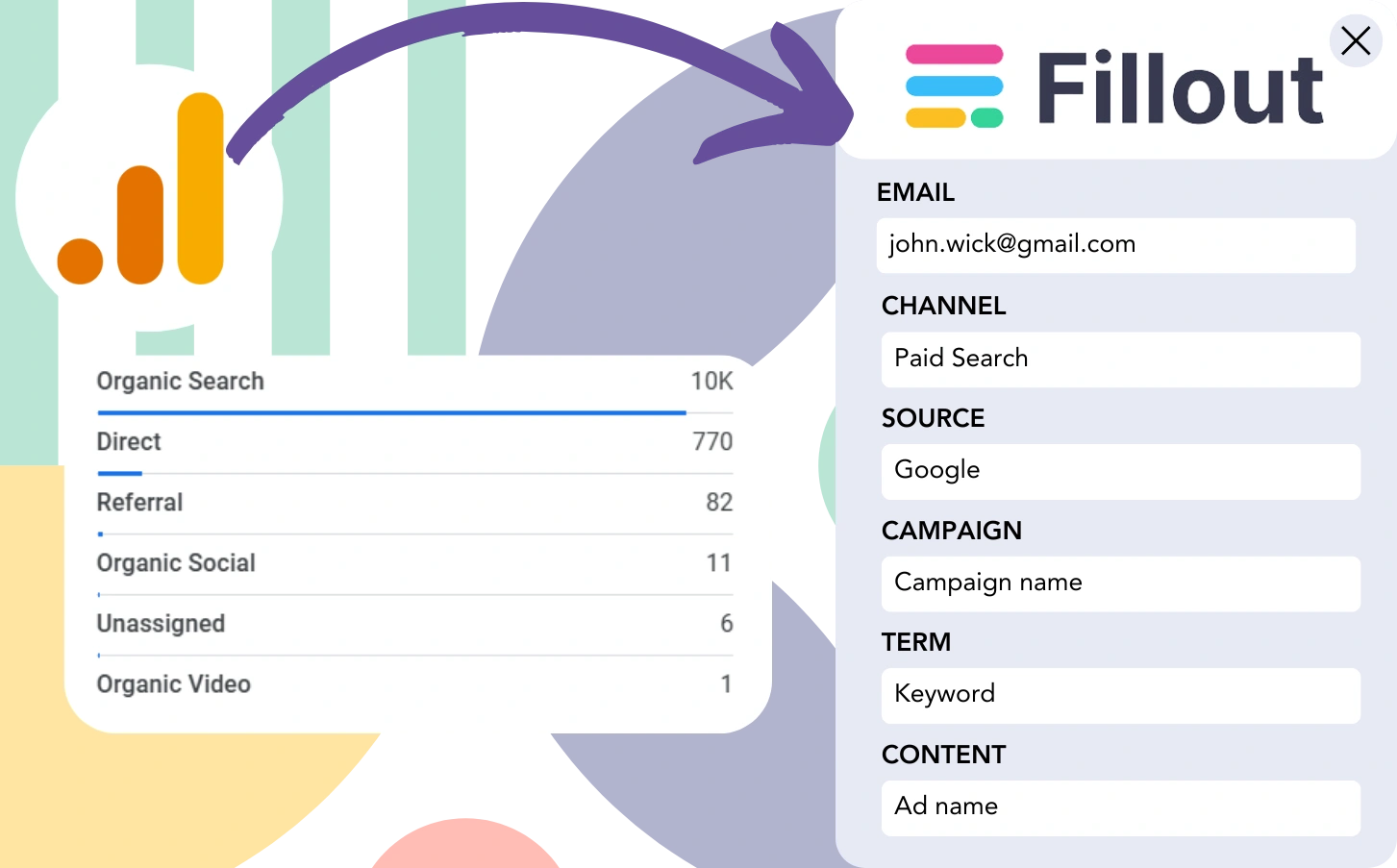While Google Analytics gives insights into traffic sources, it doesn’t connect individual leads to precise channels.
When a lead transitions into a customer, you lose the ability to connect them to a specific channel or advertisement.
Why? Because Google Analytics only gives an aggregated view (e.g., “50 leads came from Paid Search”) of the number of leads by source, but it doesn’t provide lead-level detail.
❌ As a result, it’s difficult to measure channel effectiveness. And your spending across multiple platforms might not be justified.
✅ Ideally, each lead should be traced to its source. So when it becomes a customer, the originating channel is identifiable.
Luckily, it’s very easy to connect each lead and customer with the channel that brought them in.
We’ll go over the process, step by step!
How to track Google Analytics data in Fillout
Step 1: Add Leadsources in your website

With Leadsources, you can easily track 7 lead source data points for each lead, just like Google Analytics does. Once integrated, it tracks 7 valuable lead source data points per lead:
- Channel
- Source
- Campaign
- Term
- Content
- Landing page
- Landing page subfolder
➡️ Sign up to Leadsources.io for free
➡️ Add the Leadsources tracking code to your site
Step 2: Add the hidden fields in Fillout
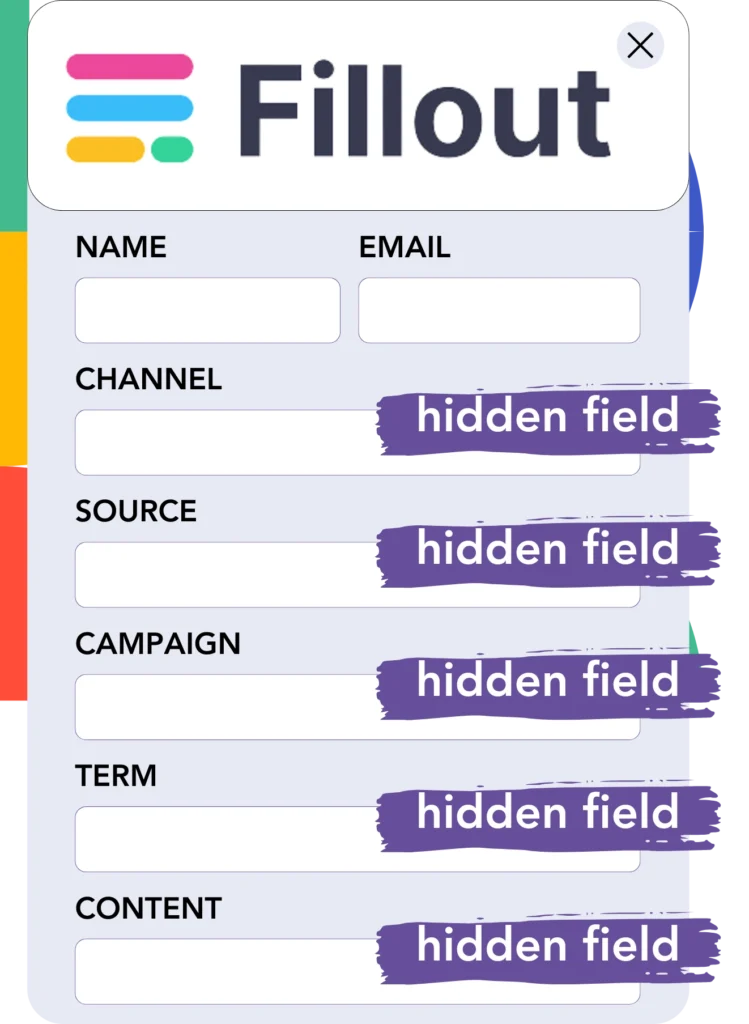
These form fields remain invisible, yet they store valuable data submitted by the user.
Leadsources ensures the hidden fields are filled with lead source data automatically upon form submission, saving it in your Fillout entry.
Step 3: Capture lead source data in Fillout
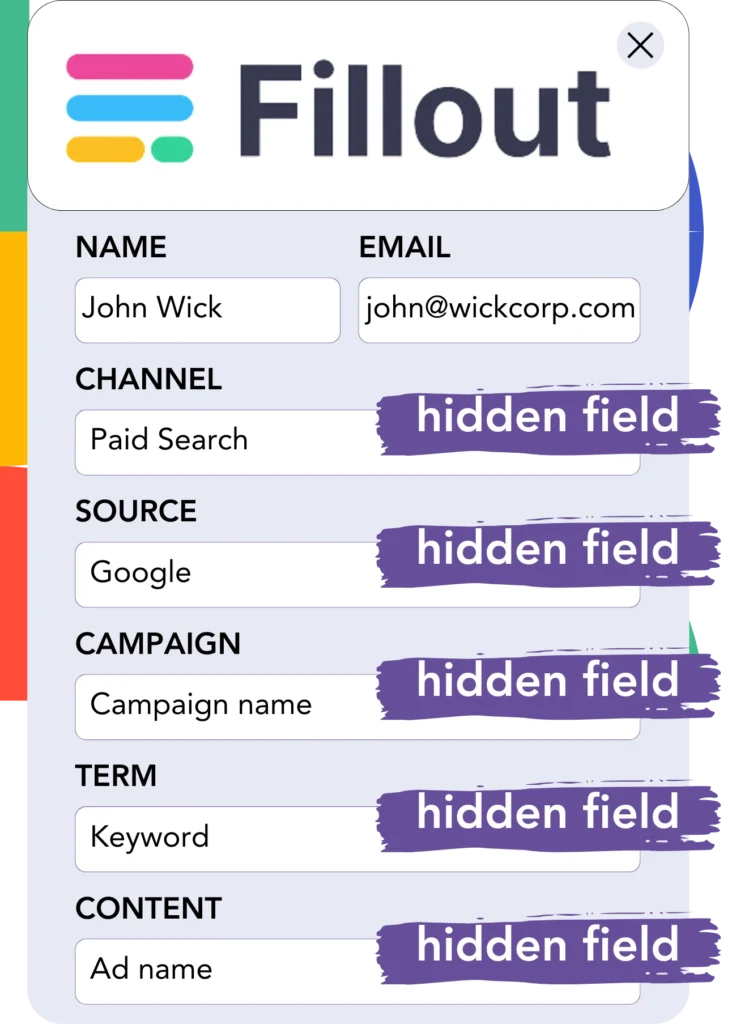
Leadsources tracks the lead source data (channel, source, etc.) when users access your website.
This data is automatically added to the hidden fields within Fillout.
Upon submission of the form, both lead source data and lead details will appear in Fillout.
How does Leadsources work?
When a visitor lands on your site, Leadsources records the lead source data and fills it into the hidden fields of your form. Upon form submission, this information, including lead details like name and email, is sent to Fillout.
Leadsources tracks the lead source information for every lead:
| Lead source data | Fetched automatically |
| Channel | ✅ |
| Source | ✅ |
| Campaign | ✅ OR use UTM_campaign |
| Content | UTM_content parameter is required |
| Term | UTM_term parameter is required |
| Landing page | ✅ |
| Landing page subfolder | ✅ |
When UTM parameters are missing, like in organic Google search or when your site is mentioned in an article, Leadsources tracks the following lead source data:
✅Channel
✅Source
✅Campaign
✅Landing page
✅Landing page subfolder
Leadsources is unique in its ability to track lead sources across both paid and organic marketing channels.
Performance reports: Lead, sales, and revenue by source
By capturing lead source data in Fillout, you can create reports measuring performance like:
- Leads, sales, and revenue by channel
- Leads, sales, and revenue by source
- Leads, sales, and revenue by campaign
- Leads, sales, and revenue by term (e.g. keyword or adset)
- Leads, sales, and revenue by content (e.g. ad)
- Leads, sales, and revenue by landing page
- Leads, sales, and revenue by landing page subfolder
This allows you to optimize your marketing budget by focusing on the sources, channels, and campaigns that deliver the best results in terms of leads, sales, and revenue.
Let’s go over the reports that you can create.
1. Lead source reports
Create reports displaying the number of leads generated by:
- Channel
- Source
- Campaign
- Term (e.g. keyword or adset)
- Content (e.g. ad)
- Landing page
- Landing page subfolder
Example #1: Leads by channel
This report displays the channel that contributes the most leads.
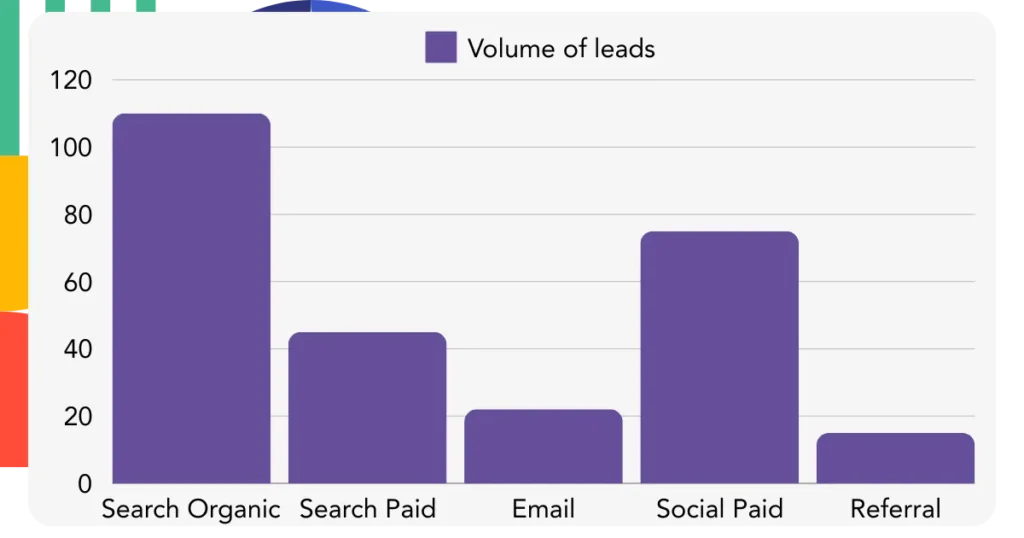
Example #2: Leads by campaign
You can now review a specific channel (e.g., Paid Search) and track the lead volume generated by each individual campaign.
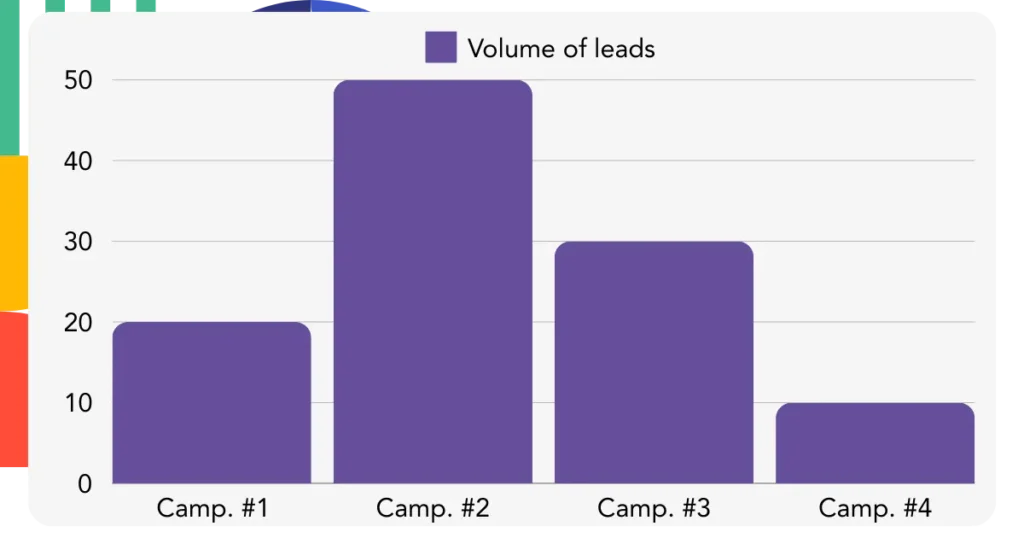
Example #3: Leads by keyword and ad
Once the Paid Search campaign that produces the most leads is identified, you can analyze which keyword or ad is contributing to this outcome.
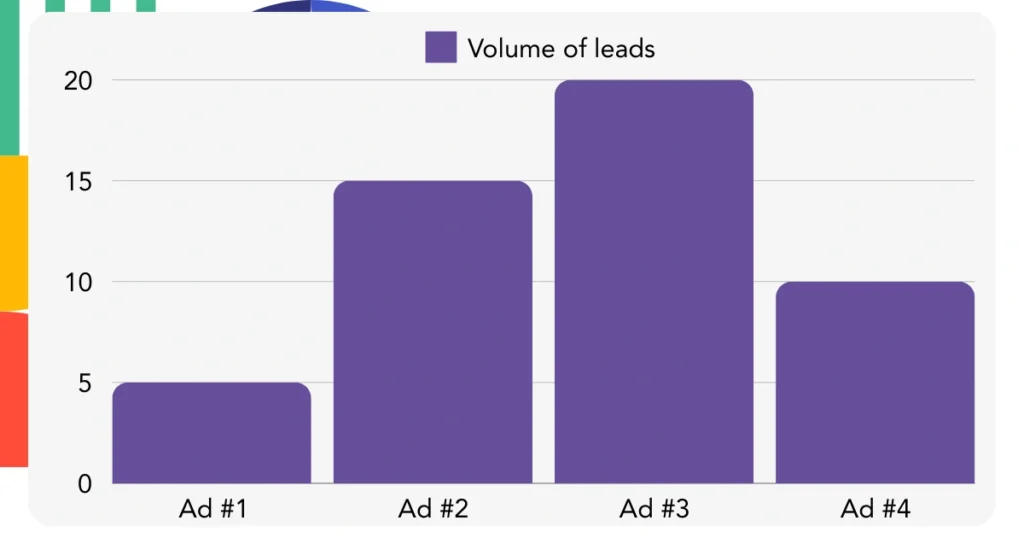
2. Sales and revenue source reports
Once we understand which channel, source, campaign, term, and content are generating leads, we must evaluate whether these leads are converting into revenue and sales.
To track sales and revenue from different channels and sources, connect Fillout to a CRM, which allows you to monitor campaigns, terms, content, landing pages, and subfolders.
This data allows you to improve your marketing plan by concentrating on the channels, sources, campaigns, terms, and content that lead to the most sales and revenue.
In addition, you can create specific reports on sales and revenue, like:
- Sales and revenue by channel
- Sales and revenue by source
- Sales and revenue by campaign
- Sales and revenue by term (e.g. Keywords)
- Sales and revenue by content (e.g. Ads)
- Sales and revenue by landing page
- Sales and revenue by landing page subfolder
To further demonstrate, we will look at the following scenario:
| Channels | Search Paid | Social Paid |
|---|---|---|
| Leads | 50 | 75 |
| Sales | 5 | 6 |
| Avg. Order Value | $150 | $100 |
| Revenue | $750 | $600 |
Once Google Ads and Facebook Ads Manager ads were live, the “Leads by Channel” report displayed Facebook (Social Paid) outperforming Google (Search Paid) in generating leads.
When analyzing the sales and revenue data from your CRM, you found that Search Paid generated more revenue with fewer leads compared to Social Paid. Then you adjusted your budget to focus more on the Search Paid channel.
LeadSources tracks the source of each lead in Fillout, whether they come from ads, organic search, social, email, etc. and syncs that data with each submission. See the full breakdown on the lead source in Fillout page.

